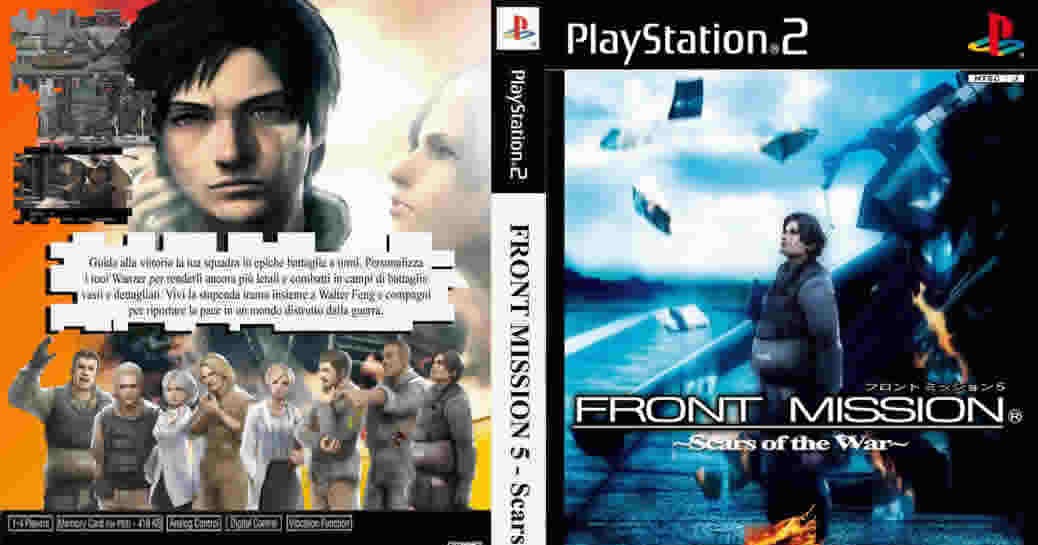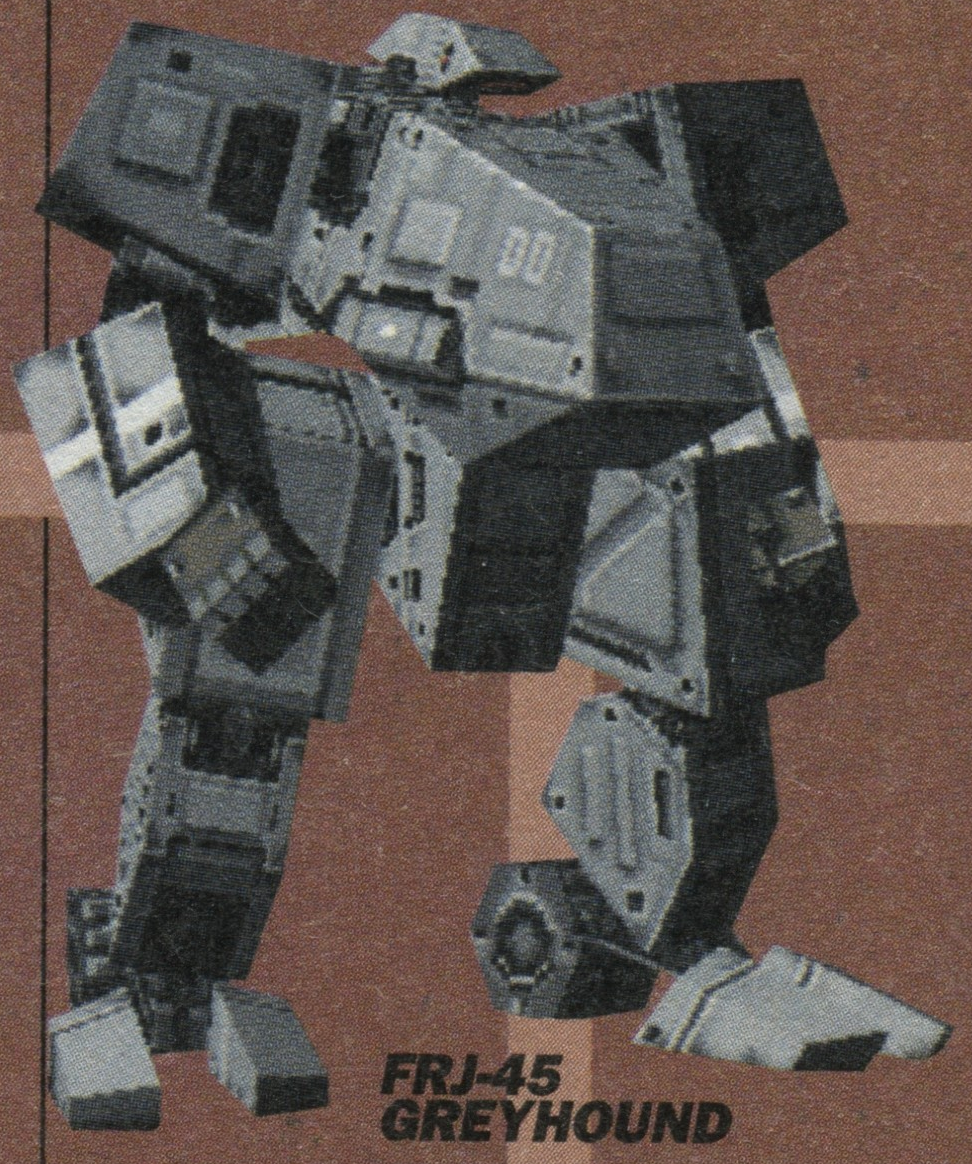

In Front Mission 3 two entirely separate storylines are available, depending on an early, apparently insignificant, choice made by the player both focus on a military industrial conspiracy in Japan. In this future, the world is divided between the Oceania Community Union, the United Continental States, the European Community and several smaller power blocs, most of which are intermittently (though not very intensively) at war with one another. As is conventional in CRPGs intended for games consoles, players are assigned characters with detailed backgrounds, rather than creating their own.Īll of the Front Mission games are set in a shared Future History characters from one game may later reappear in another.
#Front mission 2089 charactersa upgrade
Role-playing elements include the ability to improve the player characters' Wanzer piloting skills and select and upgrade the Mecha they use. While several of the games employ branching plots, the available paths will frequently split temporarily and then recombine later.
#Front mission 2089 charactersa series
Gameplay in the series alternates between Wanzer combat scenarios, including story development through prescripted events, and scenes focusing on character interaction, during which the player's conversational choices can trigger different plot paths. The most significant feature of this future is the use of Wanzers, "wandering panzers" or human piloted walking tanks, in warfare (see Mecha). Parallels can be drawn with the Anime series Gundam Wing ( 1995-1996) (see Mobile Suit Gundam) and Gasaraki ( 1998-2000) (see Mecha), though Front Mission depicts a realistic near future world that lacks both the space travel of the former and the mysticism of the latter. Their visual designs tend to be dark and industrial, reflecting their military themes. All of these works use a combination of three-dimensional action sequences and overhead views to present what are unusually serious narratives for Japanese CRPGs, focusing on conspiratorial politics and the futility of war. To date, only three members of the main series have been released outside Japan: Front Mission ( 1995 SQ, SNES, 2002 rev vt Front Mission 1st SE, WS 20 NDS, vt Front Mission outside Japan) designed by Toshiro Tsuchida, Front Mission 3 ( 1999 SQ, PS1) designed by Toshiro Tsuchida and Front Mission 4 ( 2003 SE, PS2) designed by Toshiro Tsuchida. Designed by Toshiro Tsuchida.įront Mission is a series of Console Role Playing Games (see Computer Role Playing Games) which emphasize turn-based tactical combat and strong, often multilinear, plots (see Interactive Narrative). Initially Square (SQ), later Square Enix (SE). In addition, wanzer arms that lack an equipped weapon will have the Hardblow weapon.Videogame series (from 1999). Like all melee weapons, Knuckles are affected by a wanzer's power/weight ratio, with damage increasing as the power/weight ratio increases. Compared to rods and pile bunkers, Knuckles have higher damage capabilities in exchange for increased weight and lower accuracy.

In Front Mission 3, Knuckles now deal deal Impact damage. Compared to rods, Knuckles have increased accuracy and damage in exchange for higher weight and the inability to use some skills that can be used with other Melee weapons. Like all melee weapons, Knuckles are affected by a pilot's Fight level and will never target a unit's legs in addition, Knuckles have increased accuracy against support pods and greatly increased accuracy against mobile weapons, armored vehicles, and turrets. In Front Mission 3, Knuckles are Melee-type weapons that deal Shock damage, which is weakened by AntiShock armor in addition, Knuckles have their AT and Hit added to a wanzer's regular AT and Hit. Knuckles are a recurring weapon type that appear throughout the Front Mission series.


 0 kommentar(er)
0 kommentar(er)
